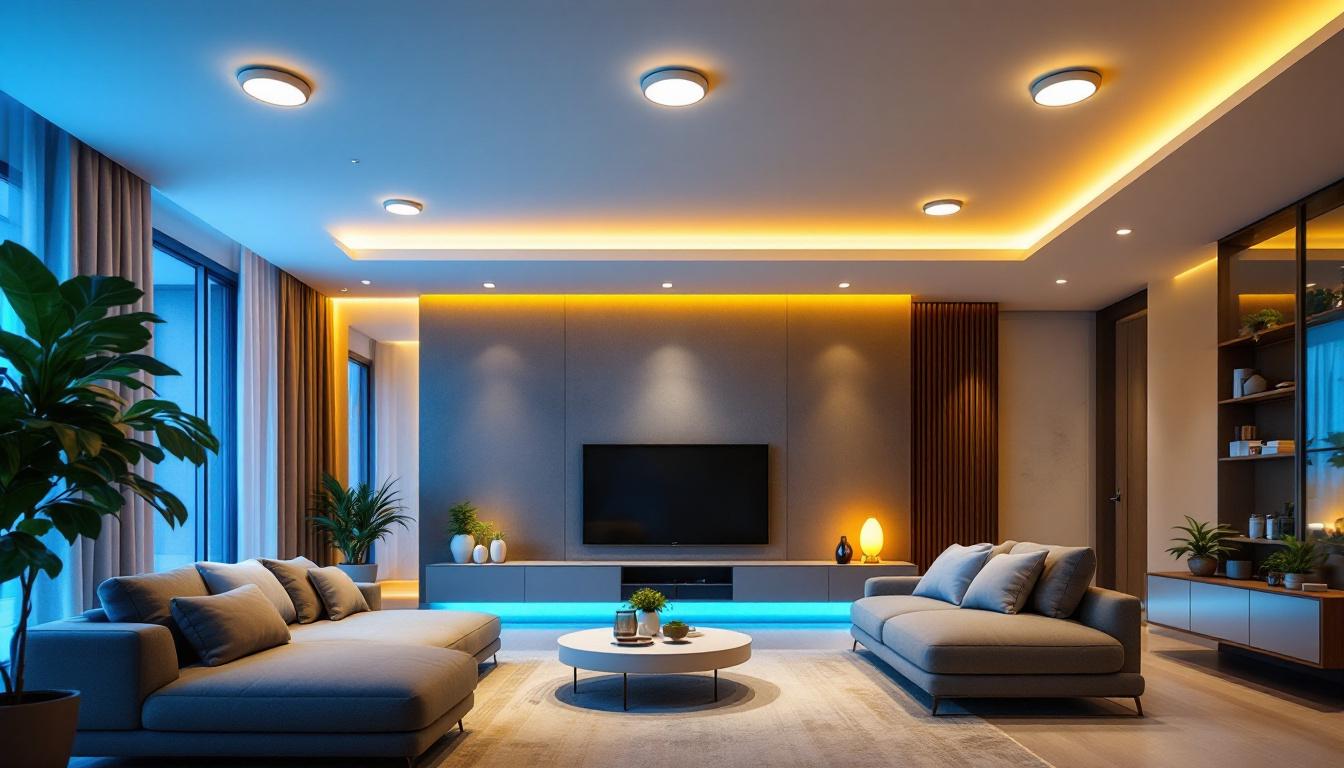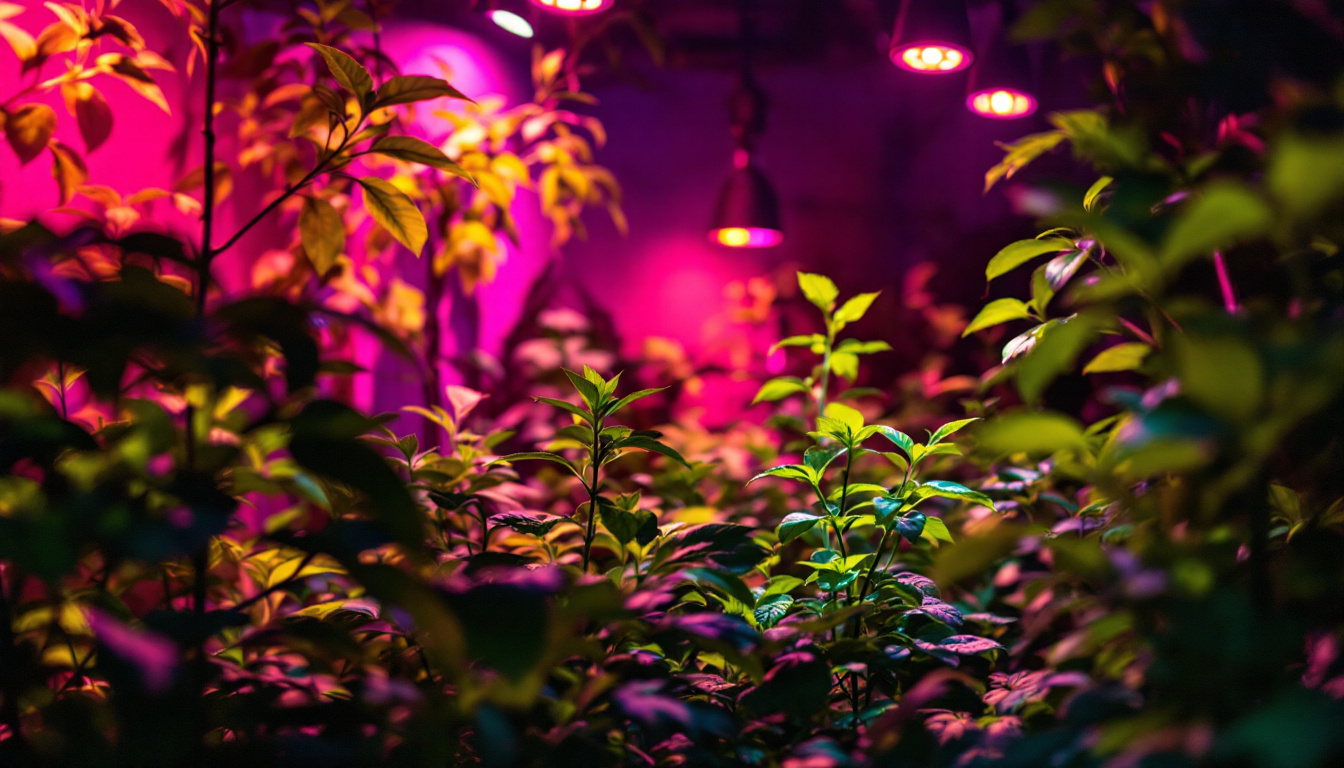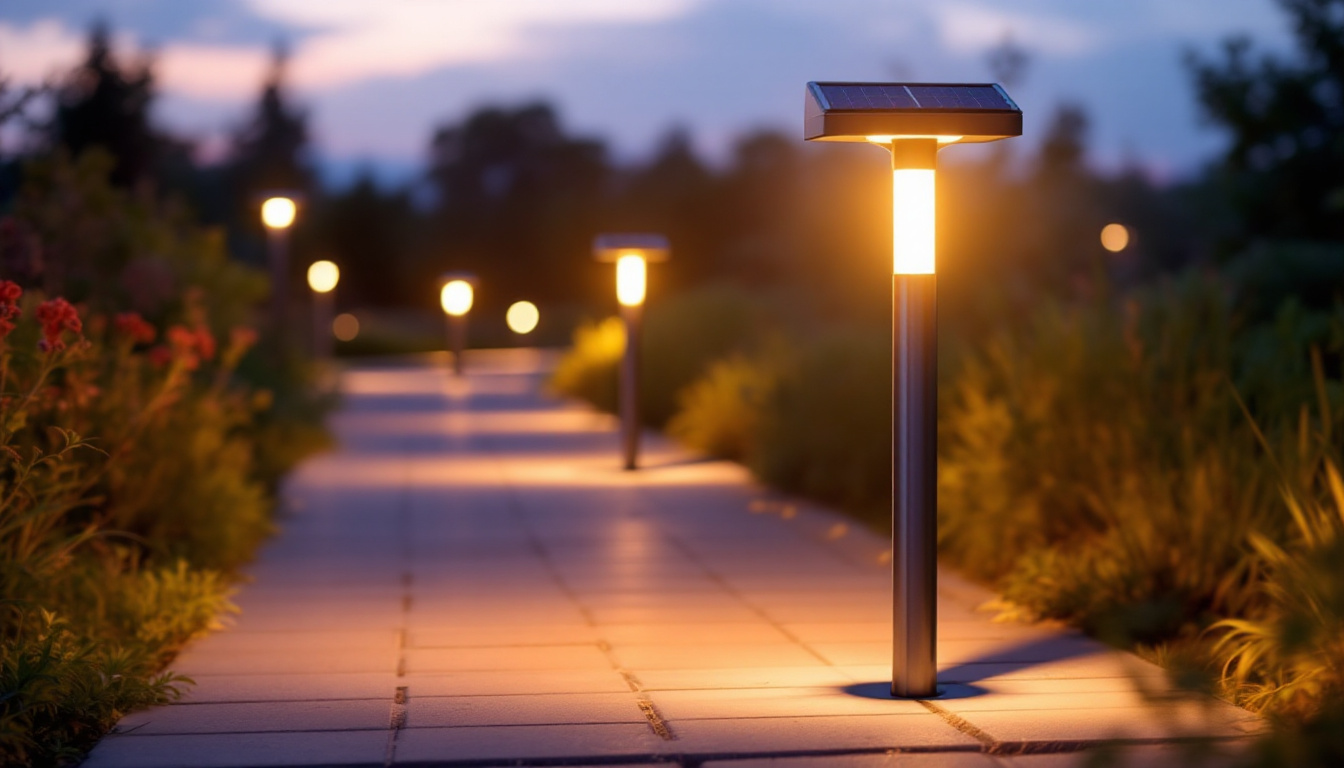
As the demand for sustainable and efficient agricultural practices continues to rise, greenhouse LED grow lights have become a critical component in modern horticulture. Lighting contractors play a pivotal role in optimizing these systems to ensure plants receive the right amount of light for growth. However, even experienced professionals can fall into common pitfalls when designing and installing these systems. Understanding these mistakes can lead to better outcomes for both contractors and their clients.
One of the most significant mistakes lighting contractors make is underestimating the importance of light spectrum. Different plants have varying light requirements, and using a one-size-fits-all approach can lead to suboptimal growth. For instance, plants in the vegetative stage thrive on blue light, while those in the flowering stage require more red light.
Contractors should invest time in understanding the specific light spectrum needs of the plants being grown. This knowledge allows for a more tailored approach, ensuring that the right wavelengths are delivered at the right times. Utilizing LED grow lights that offer adjustable spectrums can also provide flexibility as plants transition through different growth stages. Furthermore, incorporating a mix of spectrums can enhance photosynthesis and improve overall plant health. For example, adding a bit of green light can help penetrate deeper into the canopy, ensuring that lower leaves receive adequate light, thereby promoting a more robust and balanced growth.
Moreover, it’s essential to consider the duration of light exposure alongside the spectrum. Research has shown that certain wavelengths can influence not just growth rates but also the nutritional quality of the plants. For instance, plants grown under specific light spectrums may produce higher levels of essential oils or antioxidants, which can be particularly beneficial for culinary herbs and medicinal plants. Therefore, understanding the interplay between light spectrum and plant physiology can lead to more successful cultivation practices.
Another common oversight is neglecting the photoperiod requirements of various plants. Photoperiod refers to the amount of light a plant receives in a 24-hour cycle, which can significantly affect flowering and fruiting. For example, some plants require long days to flower, while others need short days.
Lighting contractors must carefully consider the photoperiod when designing lighting schedules. Implementing timers that mimic natural day lengths can help achieve optimal growth conditions. Additionally, understanding the specific needs of individual crops can prevent issues related to inadequate light exposure, which can lead to poor yields. For instance, some plants, like cannabis, are particularly sensitive to changes in light duration, and even slight deviations can trigger premature flowering or stunted growth.
Furthermore, the concept of photoperiodism extends beyond just flowering; it can also influence vegetative growth and overall plant vigor. Some plants may benefit from a gradual increase in light duration, simulating the natural transition of seasons, which can enhance their resilience and productivity. By integrating this knowledge into lighting designs, contractors can create environments that not only meet the basic needs of plants but also optimize their growth potential and health, leading to a more fruitful harvest.
Installation errors can have a detrimental impact on the effectiveness of LED grow lights. One of the most common mistakes is improper placement. Lights that are too far from the plants may not provide adequate intensity, while lights that are too close can cause heat stress or light burn.
To avoid this, contractors should conduct thorough assessments of the greenhouse layout and the specific light requirements of the plants. Utilizing light meters can aid in determining the optimal distance between the lights and the canopy. Proper placement not only enhances growth but also maximizes energy efficiency, reducing operational costs for clients. Additionally, understanding the growth stages of the plants being cultivated is crucial; for instance, seedlings require less intense light compared to mature plants. Adjusting the height and angle of the lights throughout the growth cycle can further optimize light exposure, ensuring that all plants receive the necessary light spectrum for photosynthesis.
LED grow lights are often praised for their energy efficiency, but they still generate heat. Failing to account for heat management can lead to an uncomfortable environment for both plants and workers. High temperatures can stress plants, leading to stunted growth or even death.
Contractors should incorporate adequate ventilation and cooling systems when designing lighting setups. This can include exhaust fans, passive ventilation, or even integrating air conditioning units in larger installations. By managing heat effectively, contractors can create a stable environment conducive to optimal plant growth. Furthermore, the use of thermal imaging technology can help identify hotspots within the growing area, allowing for targeted adjustments. Regular monitoring of temperature and humidity levels is also vital, as fluctuations can significantly impact plant health. Implementing automated systems that adjust ventilation based on real-time data can enhance both plant growth and energy efficiency, creating a more sustainable growing environment.
While LED grow lights are generally more energy-efficient than traditional lighting, it is crucial for contractors to consider the overall energy consumption of their systems. Some may focus solely on the initial cost of the lights without factoring in long-term energy usage. This oversight can lead to inflated operational costs for clients.
To mitigate this, contractors should conduct a comprehensive energy audit before installation. This includes calculating the total wattage required for the entire setup and comparing it to the expected yield. By presenting clients with a clear understanding of energy costs versus potential returns, contractors can foster trust and transparency. Additionally, it is beneficial to educate clients about the benefits of energy-efficient practices, such as using timers and dimmers, which can further optimize energy usage and reduce costs over time. This proactive approach not only enhances client satisfaction but also positions contractors as knowledgeable professionals in the field.
In today’s tech-driven world, failing to incorporate smart technology into lighting systems can be a missed opportunity. Smart lighting solutions allow for remote monitoring and control, enabling contractors to adjust light schedules and intensities in real time. This adaptability can lead to improved plant health and reduced energy consumption.
Contractors should explore options for integrating smart systems into their designs. This may include using sensors to monitor light levels, temperature, and humidity, allowing for automatic adjustments based on real-time data. By embracing technology, contractors can enhance the efficiency and effectiveness of their lighting systems. Furthermore, the integration of data analytics can provide insights into growth patterns and energy usage trends, allowing for continuous optimization of the lighting strategy. Clients will appreciate the added value of data-driven decisions, which can lead to healthier plants and potentially higher yields, making the initial investment in smart technology well worth it.
After installation, many contractors neglect the importance of maintenance plans for LED grow lights. Regular maintenance is essential to ensure that the lights function optimally over their lifespan. Dust accumulation, for instance, can significantly reduce light output, affecting plant growth.
Contractors should establish clear maintenance schedules and educate clients on the importance of keeping lights clean and functional. This may involve routine inspections, cleaning, and even replacing components as needed. Providing clients with a maintenance guide can also empower them to take an active role in the care of their lighting systems.
Another common mistake is failing to offer adequate customer support after the installation process. Lighting systems can be complex, and clients may encounter issues or have questions that arise long after the contractor has completed the job. A lack of support can lead to frustration and dissatisfaction.
Contractors should prioritize ongoing communication with clients, offering support through various channels, such as phone, email, or even in-person visits. Establishing a relationship built on trust and reliability can lead to repeat business and referrals, ultimately benefiting the contractor’s reputation and success.
Compliance with local regulations and standards is another critical area where contractors can falter. Many regions have specific guidelines regarding electrical installations, energy efficiency, and environmental impact. Ignoring these regulations can lead to costly fines and project delays.
Contractors should familiarize themselves with local codes and regulations before beginning any project. This includes understanding zoning laws, electrical codes, and energy efficiency standards. By ensuring compliance, contractors can protect themselves and their clients from potential legal issues.
As sustainability becomes increasingly important in agriculture, contractors should also consider incorporating eco-friendly practices into their lighting designs. This can include using energy-efficient LED lights, implementing recycling programs for old equipment, and promoting sustainable growing practices among clients.
By aligning with sustainability goals, contractors can not only meet regulatory requirements but also appeal to environmentally conscious clients. This proactive approach can enhance a contractor’s reputation and contribute to a more sustainable future in horticulture.
In the rapidly evolving world of greenhouse horticulture, lighting contractors play a crucial role in the successful implementation of LED grow lights. By being aware of common mistakes—such as misunderstanding light spectrum needs, improper installation, neglecting maintenance, and failing to comply with regulations—contractors can improve their services and outcomes.
By prioritizing education, communication, and sustainability, lighting contractors can not only enhance their own practices but also contribute positively to the agricultural industry. As the demand for efficient and effective growing solutions continues to grow, those who adapt and learn from past mistakes will undoubtedly thrive in this competitive market.
Don’t let common mistakes in greenhouse LED lighting installations compromise your projects. At LumenWholesale, we provide lighting contractors with the highest quality, spec-grade LED grow lights at unbeatable wholesale prices. Say goodbye to unnecessary markups and hello to a vast selection of industry-standard lighting solutions that promise reliability and high performance. With free shipping on bulk orders, you can trust that you’re getting premium lighting at the best value — all without hidden fees or compromises. Elevate your greenhouse lighting installations and experience the best value in wholesale lighting today with LumenWholesale.

Discover how recessed lights are transforming modern interiors with their sleek design and versatile functionality.

Discover innovative hacks for smart lighting contractors to optimize new construction can lights.

Discover how plant LED lights are revolutionizing the lighting industry with their energy efficiency, sustainability, and innovative technology.

Explore the innovative technology of solar bollard lights and uncover the scientific principles that make them a sustainable choice for lighting contractors.